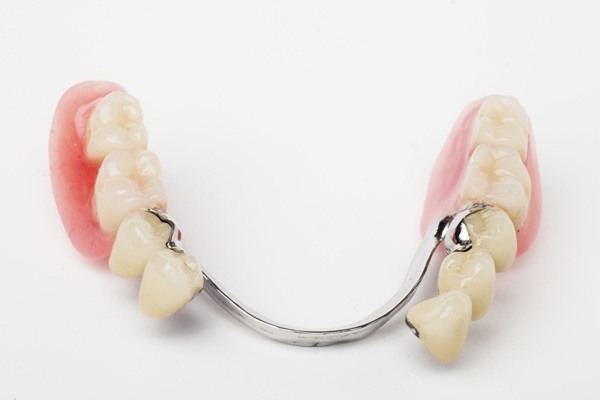How Receding Gums Are Treated

Receding gums are one of the leading causes of tooth loss. It occurs when a person's gums are pushed backward, leaving teeth roots exposed. It can be caused by a wide range of bad habits and other dental issues and often leads to pain and tooth sensitivity.
Treating receding gums
The early stages of gum recession can be treated with a deep cleaning of the affected area. This treatment is known as root planing and tooth scaling. It is used to remove plaque and tartar that has built up beneath the gumline. The exposed tooth root is then smoothed, making it harder for food particles and bacteria to attach to it. If the root has been infected, antibiotics are used to kill any remaining bacteria.
For cases where a deep cleaning cannot be used to stop gum recession in its tracks, surgical treatments might be needed to repair the damage done by the disease and help save the tooth.
Surgical procedures used to treat receding gums
Here are the surgical treatments that are most often used to deal with gum recession:
1. Open flat root planing and scaling
During this treatments, sections of the affected gum tissue are folded back, allowing the dentist to remove tartar, plaque and bacteria from the gum pockets. The folded gum tissue is then carefully put back in place. When done successfully, it eliminates the pockets that lead to gum recession.
2. Gum regeneration
If gum recession has severely damaged the bone structure supporting a tooth and its roots, the dentist will attempt to regenerate the lost gum and bone tissue. Just as is the case for pocket reduction treatments, the dentist will fold back the affected gum tissue to remove any bacteria in its pockets. Regenerative materials like tissue-stimulating protein, graft tissue or the membrane are then applied to the area to facilitate bone and tissue regeneration. The pulled-back gum tissue is then returned to its original position.
3. Tissue grafting
There are a variety of ways to graft gum tissue, but connective tissue grafts are the most commonly used technique. During these treatments, a small flap of gum tissue is removed from the patient's palate, which is the roof of the mouth. The tissue from the flap is then stitched to the gum tissue surrounding the tooth with exposed roots. The flap is then closed.
If the patient has lots of healthy gum tissue, the dentist can use some of that for the graft as well.
When it comes to dealing with gum tissue, getting treatments early on in its development makes a huge difference. While patients often fail to notice the early symptoms of gum recession, a dentist will not. That is one of the reasons why going for regular checkups is so essential.
We are always here to help guide you!
Think you have gum recession? Schedule a consultation with one of our dentists today! We can help guide you in making the best decisions for your oral health and any gum recession issues you may be having.
Request an appointment in our Lincroft dentist office here: https://lincroftvillagedental.com.
Recent Posts
Dental implants have become a popular method for dental restoration and replacement. They are offering people a chance to chew naturally and smile confidently again, and with the help of periodontist, a person can achieve this!While a lot of people do visit their dentists for dental implants, it can be helpful to visit a periodontist…
Red, inflamed or swollen gums are often the sign of gingivitis, the first stage of periodontal disease or worse still, periodontitis. Plaque is the most common cause of the condition, but there are several others that can cause gum infection.The following are some of the common ways to get gum disease:Gum disease is usually caused…
Do you think you might have the beginnings of periodontal disease? Wondering what to do about it if you do? The sooner you address any dental problems by making an appointment with an experienced dentist, the better chances you are going to have of reversing those dental problems.
Periodontal disease is an infection of the gum tissues and the jawbone supporting the teeth. It is a prevalent oral condition that does not heal on its own without professional intervention. The condition, which starts as minor inflammation of the gums, can cause loose teeth and eventual tooth loss if left untreated.Gum disease is the…


